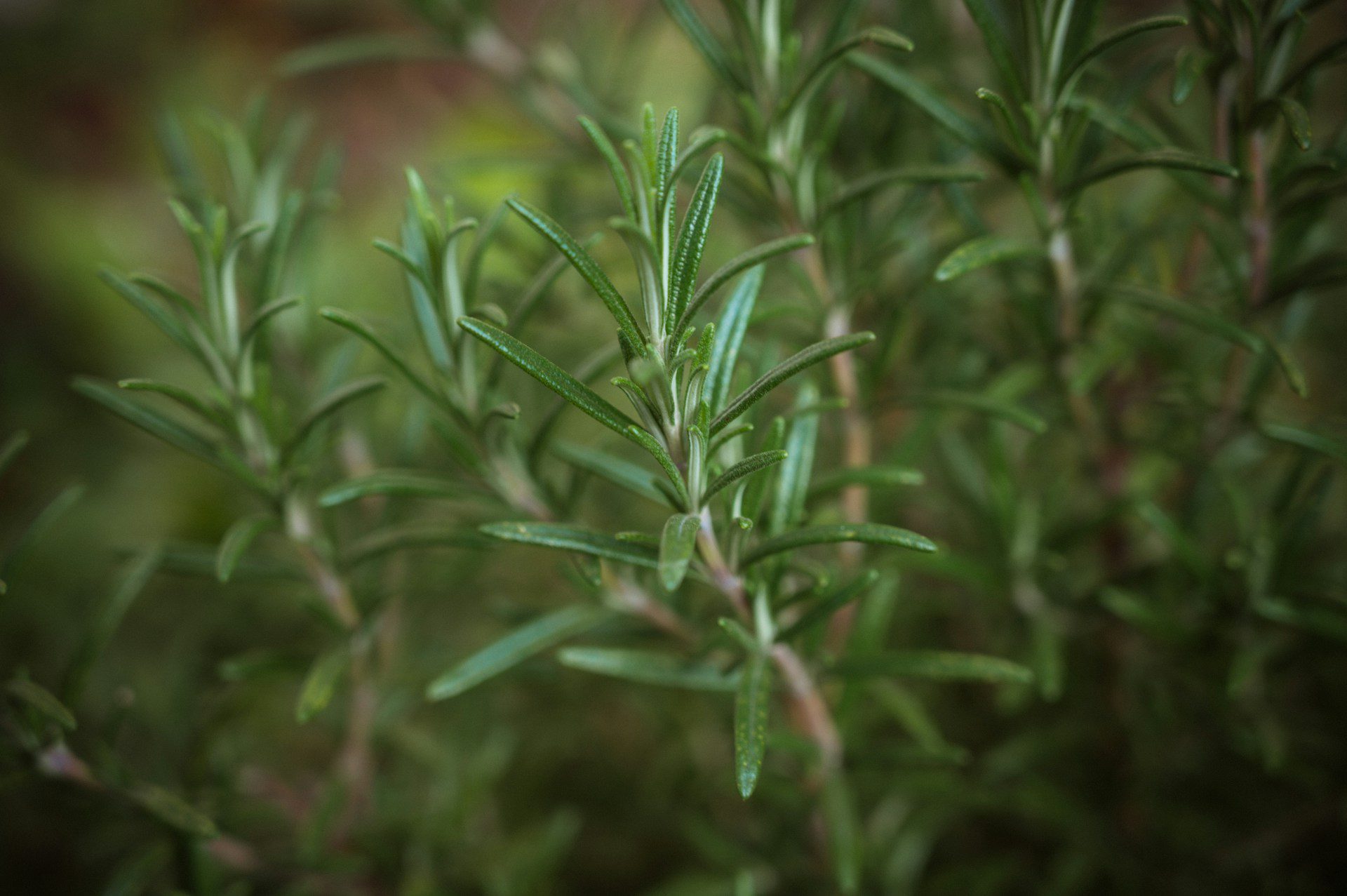Get The Most Out of Your Rosemary from Backyard Eats
Harvesting Rosemary
When It’s Ready
- When the plant is at at least 4″ tall
- Harvest no more than one-third of a plant at a time to allow regrowth
- Harvest at any time of the season
- April – December
How To
- Cut a stem with scissors or pruners about one-third down the length of a main stem
-
Clipping a main stem will induce branching and bushiness. Removing an entire branch will encourage upward growth.
Pro Tip
- Clipping a main stem will induce branching at that point, resulting in a bushier plant.
- Removing an entire branch will reduce bushiness and encourage more upright growth.
- The shape (or “habit”) of any rosemary plant will also differs based on the variety of plant.
About Mediterranean Herbs
Mediterranean herbs are plants that grow 0.5-3 ft tall. They require partial to full sun to thrive, but not trellising or pruning.
Flowering/Fruiting Tendencies
Mediterranean herbs are easy, multi-harvest plants for fresh use, drying, teas, and medicines. Most are typically easy to establish and just need seasonal clean-ups.
Design Notes
Space herbs about 18″ apart. Most are Mediterranean herbs don’t do well in super cold or moist soil. Will overwinter better in warm conditions.
Care Notes
Kitchen herbs benefit from compost. Mulching can be kept to a minimum as many kitchen herbs won’t benefit from the extra moisture retention. Kitchen herbs can typically be thinned/harvested in the summer and fall to keep them from growing wild. Many will get unwieldy and less productive after a few years and may need to be replaced.
Newly planted perennials require some additional care to help establish and support the plants as they grow. Water newly planted perennials deeply at the root 2-3 times a week during the first growing season. Apply compost and wood chip mulch in the late winter/early spring.
Storing Rosemary
Fresh Storage: Wrap in damp paper towel and place in a ziploc bag in the crisper drawer of the refrigerator for storage up to three weeks.
Long-Term Storage: “Woody” perennial herbs like rosemary can be dried at home to enjoy all year long! First, trim stems from the main plant. Tie 3-5 stems together into a bundle, then hang them to dry in a cool, dark, and well-ventilated place for 2-3 weeks.
Once the herbs are dry and brittle, you can store and enjoy them long-term.

Cooking With Rosemary
- Rosemary Roasted Potatoes: Toss quartered potatoes with olive oil, minced rosemary, salt, and pepper. Roast in the oven until golden and crispy for flavorful and fragrant roasted potatoes.
- Rosemary Grilled Chicken: Marinate chicken pieces in a mixture of olive oil, minced rosemary, garlic, lemon juice, salt, and pepper. Grill until cooked through for a delicious and aromatic rosemary-infused chicken.
- Rosemary Focaccia: Add chopped fresh rosemary to homemade focaccia bread dough before baking. The herbaceous flavor of rosemary pairs perfectly with the soft and chewy texture of the bread.
- Rosemary Infused Olive Oil: Place fresh rosemary sprigs in a bottle of olive oil and let it infuse for a few days. The resulting rosemary-infused oil can be used as a flavorful drizzle for salads, roasted vegetables, or grilled meats.
- Rosemary Lemonade: Infuse fresh rosemary sprigs in homemade lemonade for a unique and refreshing twist. Simply steep the rosemary in hot water, strain, and mix with freshly squeezed lemon juice and sweetener to taste.




